How serum potassium levels affect resting membrane potential and cardiac action potential; ECG (EKG) changes in hyperkalemia. How hyperkalemia causes bradycardia. Electrolytes disorders This video is available for instant download licensing here: https://www.alilamedicalmedia.com/-/galleries/narrated-videos-by-topics/ekgecg/-/medias/0e40597c-5219-4950-abbe-aa1583b53ed9-hyperkalemia-narrated-animation ©Alila Medical Media. All rights reserved. Voice by: Sue Stern. Support us on Patreon and get FREE downloads and other great rewards: patreon.com/AlilaMedicalMedia All images/videos by Alila Medical Media are for information purposes ONLY and are NOT intended to replace professional medical advice, diagnosis or treatment. Always seek the advice of a qualified healthcare provider with any questions you may have regarding a medical condition. Hyperkalemia refers to abnormally high levels of potassium in the blood. The ratio of INTRAcellular to EXTRAcellular potassium is important for generation of action potentials and is essential for normal functions of neurons, skeletal muscles and cardiac muscles. This is why potassium levels in the blood are strictly regulated within a narrow range between 3.5 and 5mmol/L. As the normal daily dietary intake of potassium varies widely and can be as much as 100mmol a day, the body must keep blood potassium levels within the normal limits. This is achieved by 2 mechanisms: – Excretion of potassium through the kidneys and intestines – Shifting of potassium from the extracellular fluid into the cells by the sodium/potassium pump. The pump is mainly regulated by hormones such as insulin and catecholamines. Hyperkalemia is defined as a serum potassium concentration HIGHER than 5mmol/L. Hyperkalemia may result from decreased excretion, excessive intake, or shift of potassium from INSIDE the cells to EXTRA-cellular space. The most common scenario is a RENAL INsufficiency combined with excessive potassium supplements OR administration of certain drugs. Impaired kidney function is most prominent Mild hyperkalemia is often without symptoms, some patients may develop muscle weakness. Slow or chronic increase in potassium levels is less dangerous, as the kidneys eventually adapt by excreting more potassium. Sudden onset and rapid progression of hyperkalemia can be fatal. Primary cause of mortality is the effect of potassium on cardiac functions. As potassium levels INcrease in the EXTRAcellular space, the MAGNITUDE of potassium gradient across the cell membrane is REDUCED, and so is the ABSOLUTE value of the resting membrane potential. Membrane voltage becomes less negative, moving closer to the threshold potential, making it EASIER to initiate an action potential. The effect this has on excitability of myocytes, however, is complex. While initial changes seem to increase myocyte excitability; further rise of potassium has the OPPOSITE effect. This is because the value of membrane potential at the onset of an action potential DETERMINES the number of voltage-gated sodium channels activated during depolarization. As this value becomes less negative in hyperkalemia, the number of available sodium channels DEcreases, resulting in a SLOWER influx of sodium and subsequently SLOWER impulse conduction. ECG changes produced by hyperkalemia follow a typical pattern that correlates with serum potassium levels: peaked T-wave, P wave widens and flattens, PR interval lengthens, QRS complex widens and eventually blends with T-wave. Diagnosis on the basis of ECG alone very difficult. Acute hyperkalemia must be suspected in any patient having new bradycardia or conduction block, especially in those with renal problems. Severe hyperkalemia is treated in 3 steps: – Calcium infusion is given to rapidly REVERSE conduction abnormalities. – Insulin to stimulate the sodium/potassium pump, promoting INTRA-cellular shift – Hemodialysis to remove potassium

Hyperkalemia: Causes, Effects on the Heart, Pathophysiology, Treatment, Animation.
- Post author:
- Post published:May 31, 2021
- Post category:Uncategorized
- Post comments:0 Comments
You Might Also Like
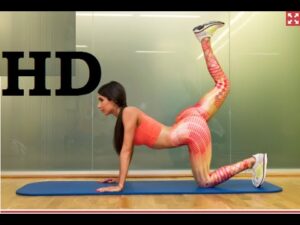
Choose Your Best Donkey kick I Choose Jen selter Video , jen selter workout

Human Body, Body Building Muscle Building Anatomy Physiology Video – 2

Inhalational Route of Administration

Omega-3 Fatty Acid Benefits

Anabolic Steroids – History, Definition, Use & Abuse Video – 16

Deep Water Running | Speedo Fit
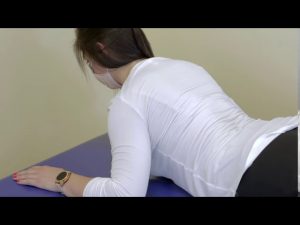
Home Exercise for Spinal Cord Injury: Back Extension
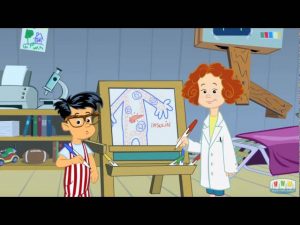
What Is Diabetes
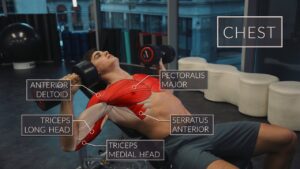
Bodybuilding Video – 1
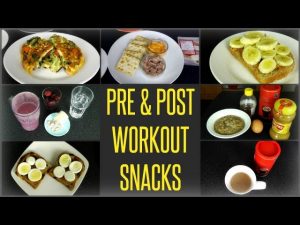
10 Best Pre & Post Workout Meals / Snacks

Lipid Catabolism

Baby Ultrasound early pregnancy 5,6,7,8,9 weeks 3D

Exercise and Insulin Stimulated Glucose Uptake by Skeletal Muscle
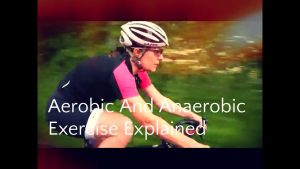
Aerobic and Anaerobic Exercise Explained
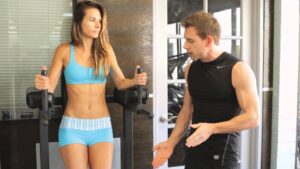
Leg Raises-2

First Aid for a Heart Attack

Early Warning Signs Of Liver Disease

Improve Muscle Gains & Health with Evion 600
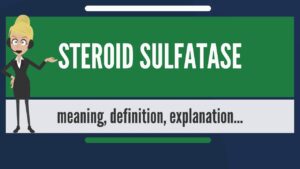
What is STEROID SULFATASE? What does STEROID SULFATASE mean? STEROID SULFATASE meaning & explanation
Anabolic Androgenic Steroids

Dr Ramakrishna tells about the diet in Arthritis | Online Health Tips
Shrugs-7

Vascular Surgery Video – 5

Tenormin (Atenolol)

Incline Bench Press-4

Thyroxine, T4 thyroid hormone

Overhead Triceps Single Hand Extension | Moderate Weight Is Best Weight #shorts #YoFitnessShorts

Benefits of a Creatine Supplement – Know Your Supps

Muscle Definition – Does Your Training Matter? 8 minute explanation
![Read more about the article Thyroid Gland and Thyroid Hormones – [T3, T4, Thyroglobulin, Iodide Trapping etc.]](https://videos.drmaheshkumar.com/wp-content/uploads/2021/06/Thyroid-Gland-and-Thyroid-Hormones-T3-T4-Thyroglobulin-Iodide-Trapping-etc-300x169.jpg)
Thyroid Gland and Thyroid Hormones – [T3, T4, Thyroglobulin, Iodide Trapping etc.]

Post Surgery Video – 6

Yoga Guide Video – 1

Swimming Video – 2
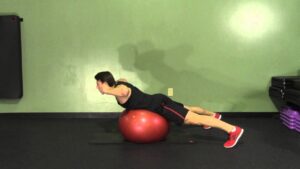
Stability Ball Hyperextension – HASfit Low Back Exercises – Lower Back Exercise

Difference Between Adverse Effect and Side Effect

Is There A Pimple Cure?

Overweight & Obesity Video – 30

Andrology Video – 4

Thyroid hormone based strategy for correcting abnormality in X-ALD

India’s Best Fish Oil – Omega 3 at CHEMIST SHOP | Cheapest | Guaranteed Results

Cure For Erectile Dysfunction And Natural Sildenafil Citrate cure

